Musical museum curators face dilemmas when they display instruments, as Ariane Todes discovers
How do you feel when you see a musical instrument in a case
in a museum? Most people feel upset, according to Judith Dehail, as
I discovered when I chanced on the annual conference of musical
museum curators – it’s taking place concurrently with the amateur
chamber music course I’m doing at the Manhattan School of
Music.
As part of her research Dehail had asked visitors to the Leipzig
Musical Instrument Museum this question and discovered that
everyone felt frustrated by seeing instruments as untouchable
objects deprived of their function, although some visitors are able
to mitigate this by the awareness of the benefits. Her conclusion:
‘There is a global refusal to see the use value of an instrument
annihilated and different strategies to deal with it.’ This is
partly down to the ‘interference of the relationship to music’ –
and she explained that it doesn’t happen with any other museum
objects.
Museum curators talk of how an instrument’s ‘use value’ becomes a
‘symbolic value’ when it is in a case, whether that’s around being
part of a musical period, a musician, or a technical production
technique, and (as far as I understood) this transformation is the
responsibility of the museum. I wondered if these symbolic values
are something most string playing and making readers of The Strad
already contemplate on a daily basis, though, anyway.
More was made of the contextualisation of instruments in the next
talk, given by Frank Bär of the German National Museum. He
discussed how museum design is moving more in this direction so
that rather than have different galleries of art, furniture,
fashion, musical instruments and so on, museums now have themes
around which they base exhibitions – whether it’s social, thematic
or historic, which his museum is currently developing. So, musical
instruments are put in different contexts to show particular
symbolic values, whether that’s problem solving, power, social
status, political power or any other facet.
The benefits of this inclusive, lateral approach seem to be that
they draw more people into the original world of the instrument and
show us whole new perspectives on both history and on those chosen
objects. But Bär cautioned of the ‘imminent danger’ in having to
send instruments that don’t fit the themes into reserve
collections. I can’t imagine many of us would be too happy about
that, especially violin makers, for whom having access to
instruments both famous and obscure is lifeblood. I wondered
whether most luthiers would be hardly ‘upset’ at all by seeing a
good violin in a museum as long as it’s well looked after.
This was a fascinating insight into some of the debates and
arguments that the museum world is currently preoccupied with.
Indeed there were nearly fisticuffs among delegates when Bär
finished his talk by concluding, ‘We should never neglect the truly
essential meaning of instruments – as tools to make music.’ There
was much heated philosophical argument - is an instrument a tool?
They’re probably still debating that now.

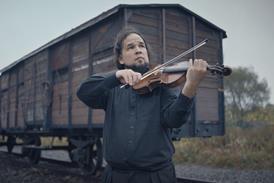



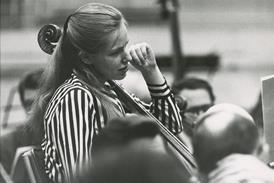




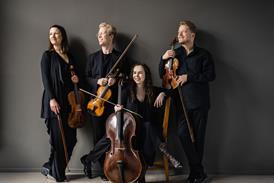
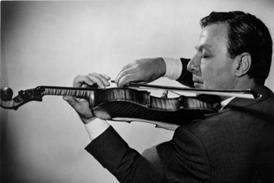


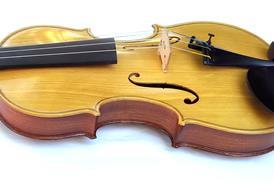

















No comments yet